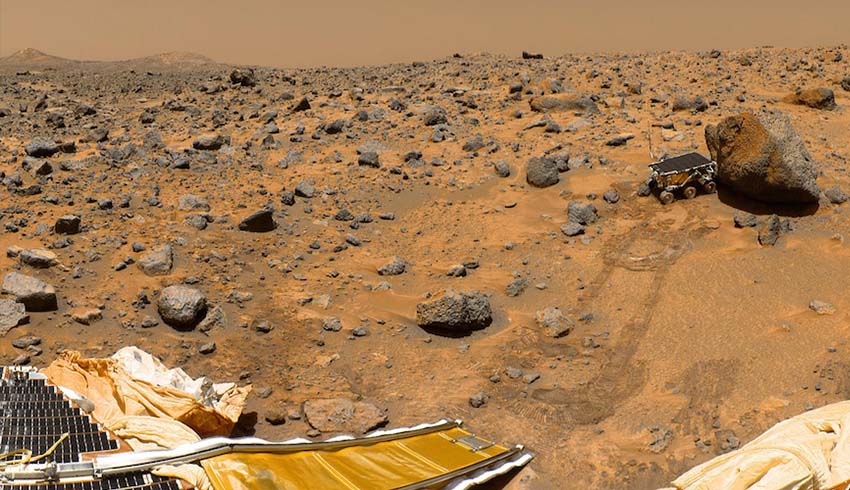
One expert has said without the massive national effort that characterised the US space program of the 1960s, it could be more like the 2060s before humanity sets foot on Mars.
NASA administrator Jim Bridenstine said last week the moon was the proving ground for the eventual mission to Mars.
"The moon is our path to get to Mars in the fastest, safest way possible. That's why we go to the moon," he said.
Although the technology for getting to the moon and back is familiar and mostly developed, much of what’s required for a Mars mission is new and yet to be developed.
But Robert Howard, manager of the Habitability Design Center at NASA's Johnson Space Center, said the hurdles were more to do with budget and political will than technical or scientific.
"A lot of people want us to have an Apollo moment, and have a president stand up like Kennedy and say, we've got to do it and the entire country comes together," he said.
"If that happened, I would actually say 2027. But I don't think that's going to happen.”
With the current approach, we are going to be lucky to do it in the 2030s and that could be more like the 2060s, he said.
Another was somewhat more optimistic – he suggested Mars by 2039.
That doesn’t mean the technical challenges aren’t very significant.
From blastoff to splashdown, the Apollo 11 moon mission in 1969 took just eight days. That included two three-day transits to and from the moon.
Getting to Mars will take around six months and the same back, with missions likely to run for well over a year.
The launch window will be severely limited – NASA will have no choice but to take advantage of the occasions every 26 months when Mars is closest to Earth.
That will require a special spacecraft, the as yet unproven Orion, which must also protect its occupants from prolonged exposure to cosmic radiation.
Then there’s food for the mission likely to exceed a year. Technologies to obtain water, oxygen and fuel from Mars don’t exist, and when they do they’ll need to be trialled on the moon.
Techniques to exploit Martian resources to extract water, oxygen and fuel necessary for humans to live there don't yet exist – and must be tested on the moon by the end of this decade.
Also needed are a new generation of spacesuits, which provide astronauts with comfort for extended missions and the dexterity to perform tasks not possible in older suits.
NASA is in the process of developing a new suit, the first since the 1970s. Development has been protracted and it’s not expected to be ready for trials in the International Space Station (ISS) until 2023.
If there’s any further delay there will be a problem, as the ISS is scheduled to be retired in 2024.
Receive the latest developments and updates on Australia’s space industry direct to your inbox. Subscribe today to Space Connect here.









